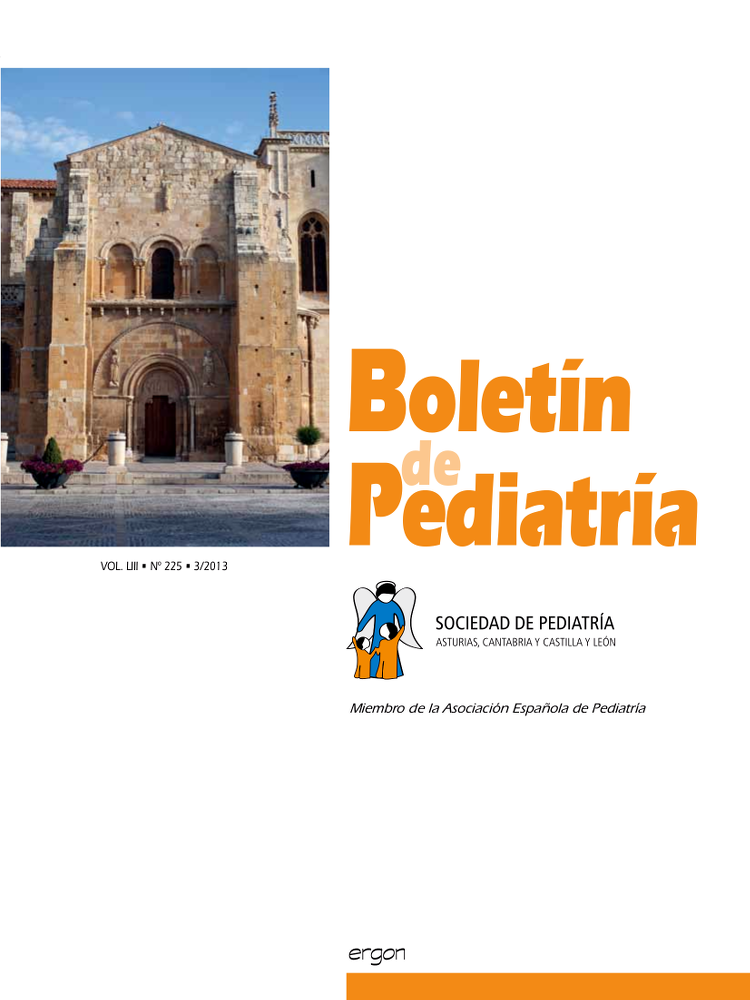Abstract
Objective. A descriptive study of the presentation forms, biological and evolution characteristics of the pediatric patients diagnosed of lupus anticoagulant in our hospital. Patients and methods. Retrospective review of all the patient who met the criteria established by the International Society of Thrombosis and Hemostasis for diagnosis of lupus anticoagulant. Results. The established criteria were met by 16 children, 9 males (53.6%) and 7 women, with a mean decimal age on diagnosis of 6.25 years (range: 1.1-13). The reasons for the coagulation study were: preoperative (n: 6, 37.5%), thrombosis study (n: 4, 25%), infection (n: 3, 8.8%), hemorrhaging (n: 2, 12.5%) and taking of rodenticide (n: 1, 6.3%). Ten cases (62.5%) remained asymptomatic and corresponded to pre-operative cases, infections and intake of rodenticide. Four of the patients had thrombosis (25%). In two of the latter, primary thrombophilia and immune or tumor pathology were also found and another case fulfilled the criteria of primary antiphospholipid syndrome, this being the only case in which the lupus anticoagulant was persistent. Two cases (12.5%) presented hemorrhages associated to decrease of a coagulation factor (transient deficits of FII and FVIII). Conclusions. Lupus anticoagulant is an uncommon finding in Pediatrics. It is more frequently found in the preoperative of ENT and/or infectious processes. The vast majority are transient and do not show clinical significance. When thrombosis is associated, it is frequently associated to primary thrombophilia and immune or tumor disorder and when it is associated to hemorrhages, it is associated to a deficit of procoagulant factors.

This work is licensed under a Creative Commons Attribution-NonCommercial 4.0 International License.
Copyright (c) 2013 Boletín de Pediatría
